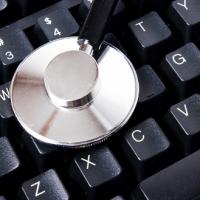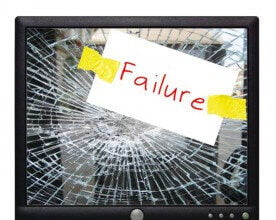When a doctor sees a patient , his first priority is medical – he needs to make the right diagnosis and craft the correct treatment plan. It’s only when he is sure he has done a good job as a clinical scientist can he then think about managing the patient’s psyche and emotions. This means that the doctor has two tasks which require complementary skill sets. The first task is one which requires logical scientific analysis , where he collects the right data and works through a differential diagnoses . It is only after he has made the right diagnosis that he can then move on to his second task , which consists of caring for the patient ; holding his hand ; and helping to guide him . Some doctors who have an excellent bedside manner are often poor diagnosticians; and this can make the patient’s life very difficult , because the patient really does require both compassion and competent clinical care .
Computers can help doctors to make the right diagnosis more quickly, because they can act as peripheral digital brains . They help the doctor to ensure that he has covered all the diagnostic possibilities , so he is no longer worried that he may have missed something important . This is one of the major fears which every doctor has ; and until he has confidence in his clinical diagnosis, he cannot move on to dealing with the patient as a human being . The computer can help to expedite the process of making the right diagnosis so that the doctor has more time to spend talking with the patient . It can also give the doctor a lot more security in his clinical competence, so that he can then work on polishing his interpersonal communication skills. Compassion is something which a doctor can provide only after he has ensured that he’s provided basic correct clinical care. If a computer can allow him to do so more efficiently, he then has more time and energy to be able to enhance his empathy.








